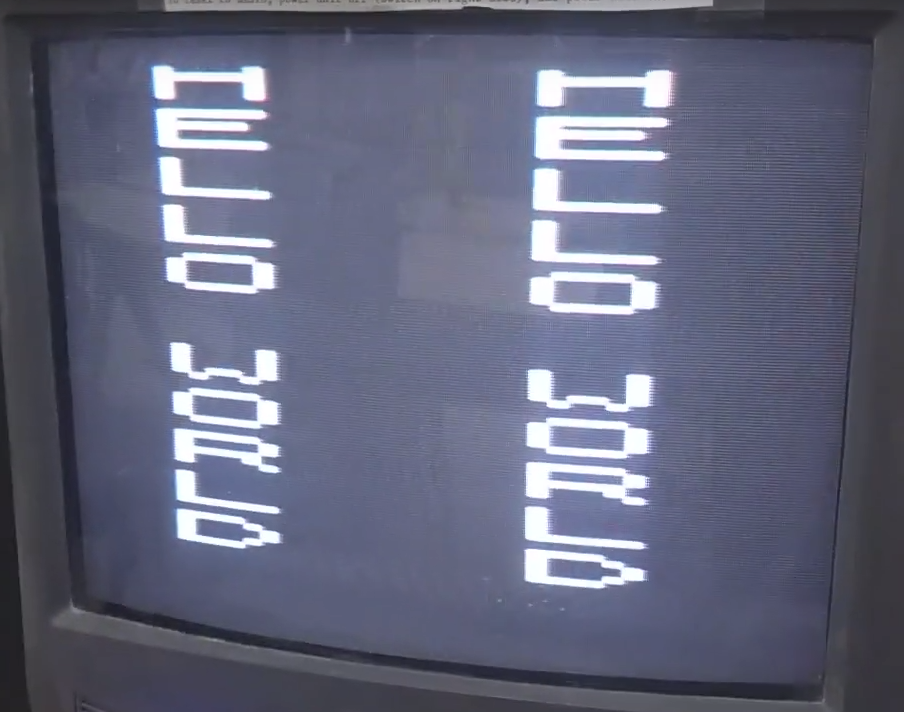Success! Everything that I figured could work together somehow has!

So it turns out that I was WRONG about how the MAKWAV program worked! It needs a special flag to make a Supercharger compatible audio file! WHOOPS! No wonder it stated that my resulting file was for a "Cuttle Cart" and that I got crazy things happening on my ATARI when loading the files made this way!
So where I was typing in
MWDOS game.bin game.wav
before, turns out that it needed to be
MWDOS -ts game.bin game.wav
As -t is type, s is Supercharger! IF ONLY I had bothered to read the help screen for MWDOS, I would have found this out right away instead of ending up with failed load after failed load! Lesson learned though, and since I focused on other things, I could come back to this with fresh eyes (and a helpful individual who simply asked if I had set the supercharger flag!)
We're now fully operational. No faults or silly things happening anymore. The path of tools is clear too.
1. Write code in MS-DOS Editor, save as .ASM file
2. Compile said .ASM file into binary .BIN using DASM using -f3 flag (and -ooutput.bin flag)
3. Use MWDOS to convert .BIN file into a PCM .WAV file using -ts flag
4. Use XTC-PLAY to play audio file inside dos to Supercharger cartrige
5. Watch your efforts load into the Supercharger memory and initialize
I have used Carlos Duarte do Nascimento (Chester)'s Atari 2600 "Hello World" demo as an example (loaded via USB floppy drive and the special SneakerNET™ protocol) as a reason not to write my own code just yet.
https://gist.github.com/chesterbr/5864935
Thanks, Chester! I'm not sure this is how you envisioned it being put on a 2600 VCS, but there you have it!
Anyone who drops into our hackerspace now can if they want to code up an actual Atari 2600 game and not have to fuss with any distractions from modern computers, and have it run on real hardware. It could use a little bit of polish and automation, but it's rather quick! Changing one line of code to see what happens to a game is a really simple task, and I'd even say it's less fuss than dealing with a SD card cart.
 cprossu
cprossu
Discussions
Become a Hackaday.io Member
Create an account to leave a comment. Already have an account? Log In.